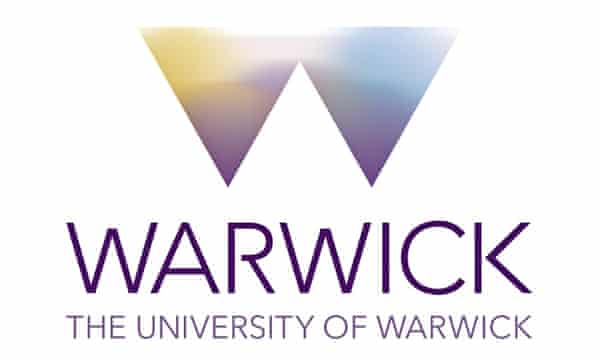University of Warwick: New health economic framework to help assess what might be required to eliminate African sleeping sickness by 2030
Several diseases have been earmarked for elimination or eradication based on factors such as feasibility, lives saved and the possibility of long-run cost-savings. The cost of elimination strategies, however, can become very high as you approach zero transmission. An international group of researchers have created a new health economic framework that supports decision makers and funders in understanding the resources required to achieve the World Health Organization’s (WHO) goal of eliminating sleeping sickness by 2030.
Gambiense human African trypanosomiasis (gHAT), also known as sleeping sickness, is almost invariably fatal without treatment. The vector-borne parasitic disease transmitted by infected tsetse flies affects mainly countries in West and Central Africa, with the Democratic Republic of Congo (DRC) having the highest case burden.Warwick and partners have devised a health economic framework to consider the contributions needed to reach the WHO target of sleeping sickness elimination by 2030 Credit Kat Rock, University of Warwick
Throughout the 20th century sleeping sickness has caused three multi-year epidemics, the last peaking in 1998 with greater than 37,000 reported cases. In 2012, less than 15 years following the peak of the previous epidemic, the WHO targeted sleeping sickness for elimination of transmission by 2030. By 2014, case reduction outpaced the intermediate goals set by the World Health Organization (WHO) and in 2020, only 565 cases of gHAT were reported.
As the global health community work towards elimination or eradication they must not only be confident that current tools are sufficient to meet the goal set by the WHO, but also appreciate whether spending money on this endeavour is a good use of resources. In the paper ‘Economic evaluation of disease elimination: an extension to the net-benefit framework and application to human African trypanosomiasis’, published in the journal Proceedings of the National Academy of Sciences (PNAS) researchers from the University of Warwick, the Swiss Tropical and Public Health Institute and the University of Basel propose a new framework that uses a unique combination of uncertainty, cost-effectiveness and elimination, which supports decision makers as they work towards the WHO’s goal of eliminating sleeping sickness by 2030.
Dr Marina Antillon, the lead author of this article based at Swiss TPH explains: “The analytical framework was applied to three distinct regions of the Democratic Republic of Congo (DRC) and were chosen because these highlight the strengths of the framework and its applications under different circumstances, including circumstances of uncertainty. This method could also be applied directly to modelling studies for elimination of other diseases.”
Dr Kat Rock, from the Mathematics Institute and Systems Biology and Infectious Disease Epidemiology (SBIDER) group at the University of Warwick and the head of the group responsible for this work comments: “Disease elimination is very complex, however this framework provides decision-makers and funders with a tool to understand when and where investing in elimination might go beyond what is traditionally considered to be cost-effective. Striving for elimination can be very expensive, but our framework can be used to quantify what “premium” is likely needed above the costs of an efficient public health strategy.”
Professor Fabrizio Tediosi, Group Leader of Health Systems and Policies at Swiss TPH and co-author on the paper adds:
“Our framework presents an extension to the net-benefits framework—a common framework to establish whether an intervention represents good value for money. We have improved what is currently used by decision-makers to support them with efficient resource allocation in light of global disease elimination goals. This framework explicitly considers the implications of switching from an optimal strategy, in terms of cost-per-burden-averted, to a strategy with a higher likelihood of meeting the global target of elimination.”

